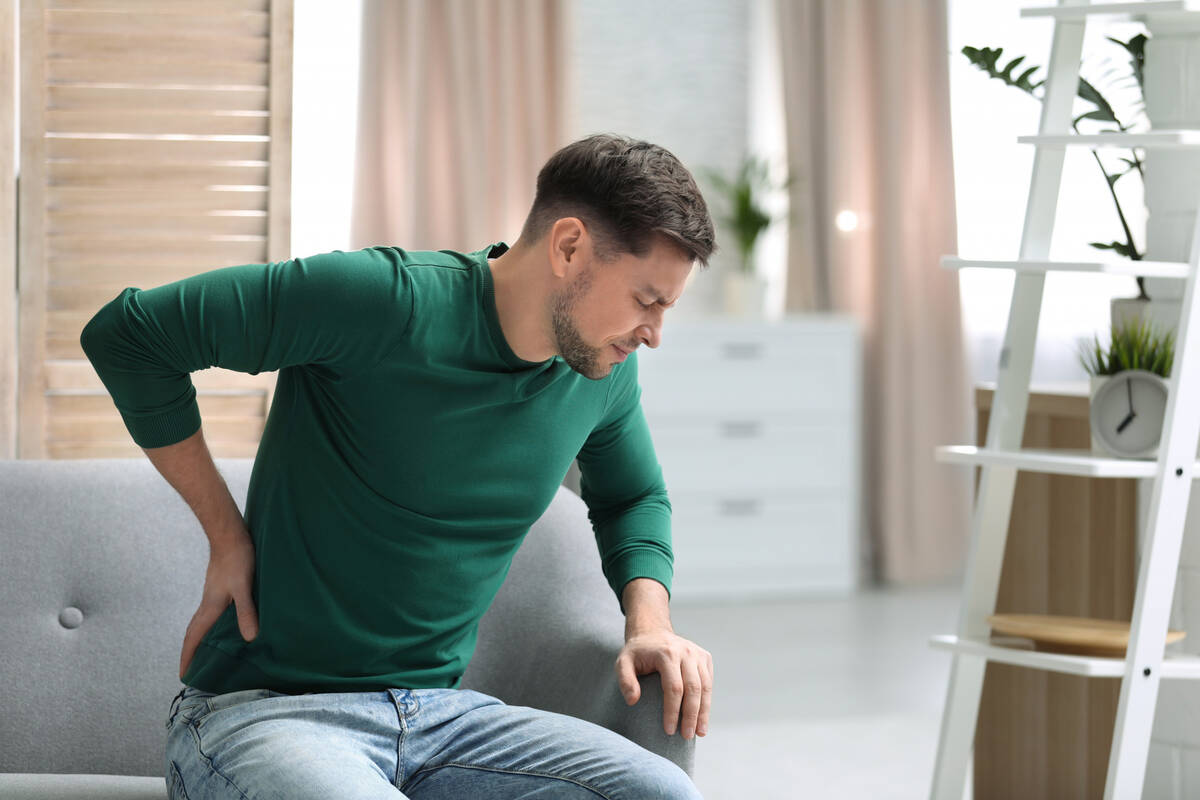
Injuries are often associated with sports and unavoidable situations. We don’t think we are prone to injury when we are sitting at a desk but if you ask our professionals in Ivinson’s Outpatient Rehabilitation Clinic, that may be where a lot of injuries start.
Kim Taylor is an Occupational Therapist and the Director of rehabilitation services at Ivinson. In Kim’s role, she often assesses workspaces to identify where improvements can be made to a person’s work area to prevent a problem from ever happening.
“A lot of people say, oh I’ve always done it this way,” Kim said.” “They just don’t know the proper biomechanics to make their job more efficient.” That is where Kim comes in.
Andrew Ewell is a physical therapist at Ivinson and treats various injuries from ankle injuries to knees to necks and back injuries.
In Rehabilitation, the work Kim and Andrew do primarily treats sustained injuries, but in an ideal world, they would like to prevent them from ever occurring.
“If patients had the education, like here is a stretch you can do to prevent a back injury, or do this before you do any heavy lifting. I feel it would really reduce injuries and improve their quality of life,” Andrew said.
So what can you do to prevent injuries from happening? Our professionals identified three bad habits that can lead to unintentional injury and what you can do to correct it.
Prolonged Sitting
Your job requires you to sit at a desk all day, or be on your feet all day, neither are optimal for your spinal health. The number of Americans sitting for over 6 hours a day continues to skyrocket, and with it so does back, neck and shoulder pain.
“As human beings we typically sit a lot and we are not made to sit,” Andrew said. “We are made to walk around and gather and hunt. A lot of us are sitting people and a lot of injuries come from that.”
What can you do to break up bad habits?
“The number one prevention for any sort of low back/neck injury is use a lumbar support when you are sitting, use it 100 percent of the time,” Andrew advises.
Interrupt prolonged sitting by creating movement in your routine. Use the printer down the hall, walk to your coworkers office instead of calling.
“Going the opposite direction just takes the pressure off your joints and muscles,” Kim said. “Standing desks make a huge difference in the workforce, being able to change your position throughout the day.”
Overdoing It
Many of us have suffered overuse injuries without even realizing it. An overuse injury often occurs from repetitive motions that damage tissue or from training errors that occur when increasing activity rapidly.
“I see a lot of overuse injuries,” Andrew said. “Say someone goes on a five mile run with no prior training, they are more likely to injure their knee or their Achilles tendon. That is a very common overuse injury.”
How can you prevent overuse injuries from happening?
“To prevent overuse injuries, you should slowly jump into something. Say you want to ride a bike 30 miles, you are not going to start by biking 30 miles. You are going to set a goal of say one mile this week and next week you are going to increase it by ten percent or less otherwise you are going to create overuse injuries. If you gradually get into biking, or you gradually get into running or you gradually get into walking, those are the things that are going to help prevent any sort of overuse injuries.”
What about those repetitive motions? Preparing your body is key.
“Warm up before you exercise,” Andrew advises. “Do some light walking before you get going and then cool down after. If you run for 30 minutes, cool down for about 5 minutes and then at the very end, do some stretching.”
Preventing injuries may mean mixing up your activities and ensuring you give it a day off here and there.
“If you are sitting at work your exercise should be the opposite position. If you sit at a desk all day do something that requires the opposite motion,” Andrew said. Do some walking. If you stand at work, sit and try to bike. Try to do the opposite with your exercise and that will help with balancing things out.”
Bad Posture
“Posture is the number one thing that is correlated to back pain and lower back pain,” Andrew said.
Having good posture is not just for job interviews and the dinner table. When you are sitting, poor posture can actually have adverse effects on your spine. Slouching, rounded shoulders and leaning forward can create increased stiffness and, over time, can lead to serious back, neck and shoulder injuries.
How can you correct it?
“Besides using a lumbar support, do some back extensions every hour or so. If you are on long car trips and you are driving, get out every hour and do some extensions to alleviate all that sitting and all that flexion you are putting on your spine. Equalize your bending forwards with your bending backwards.”
The best way to deal with posture? Practice good posture before you have pain.
“With a couple small tweaks over time, the repetitive stuff that happens like carpel tunnel and tendonitis, you could remedy before it occurs,” Kim said. “Often times when I see someone for some of those concerns, they don’t really know when it happened, maybe a month ago but it could have been since day one and over time it builds until it becomes a problem. Preventing injuries with education is important. People don’t want to think 20 years down the road, but if you can do things now to help you in 20 years, do them! A lot of people like to live in the moment, but some of the things you are doing now can have lasting effects down the road.”